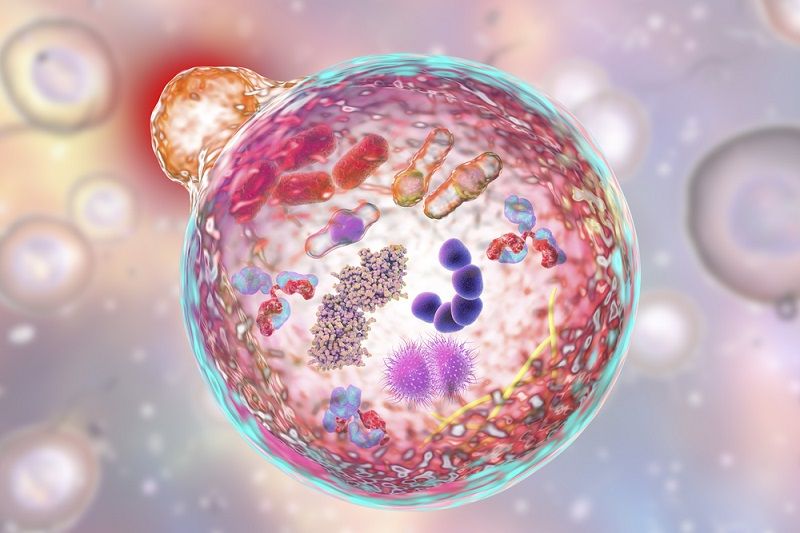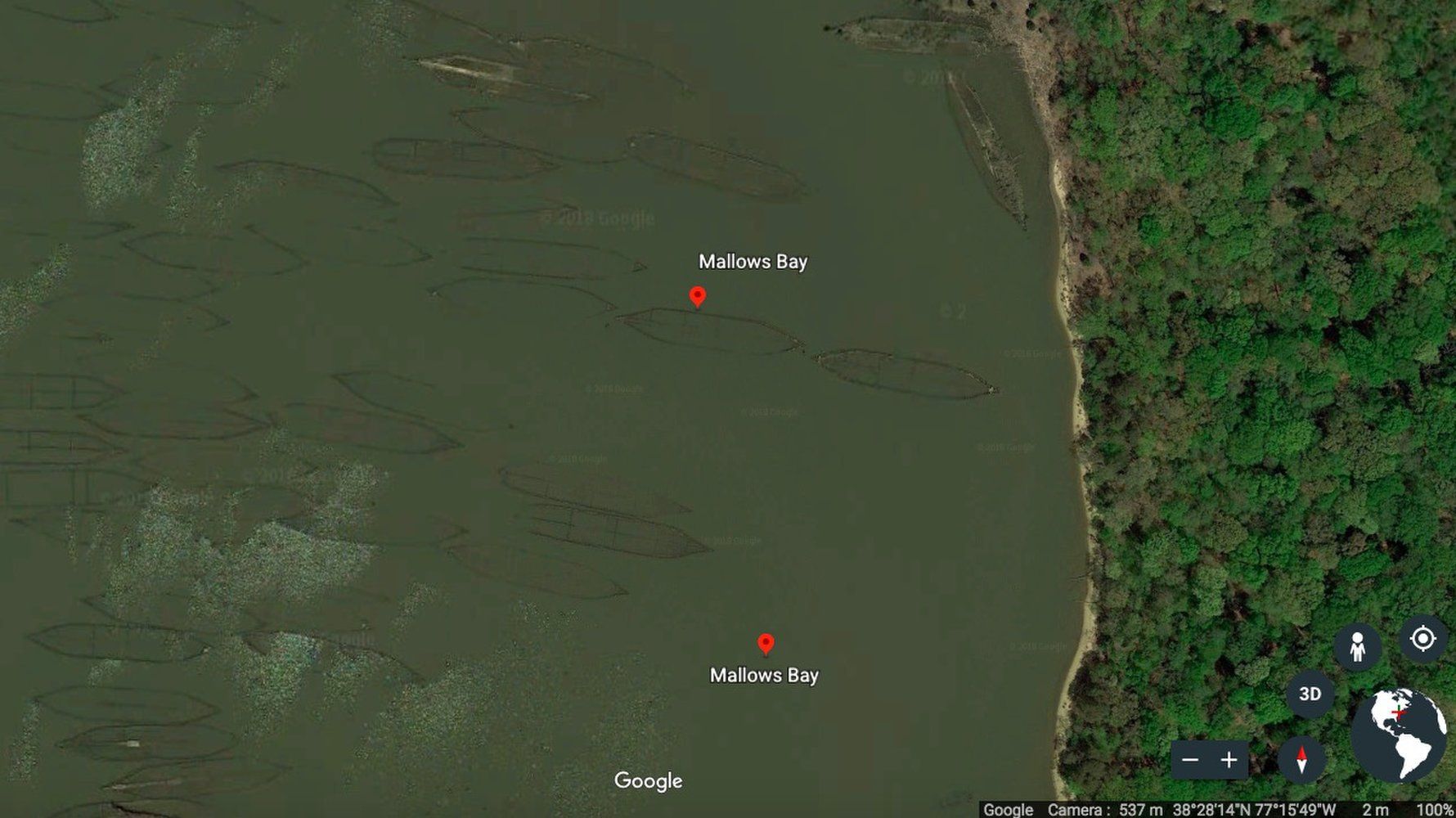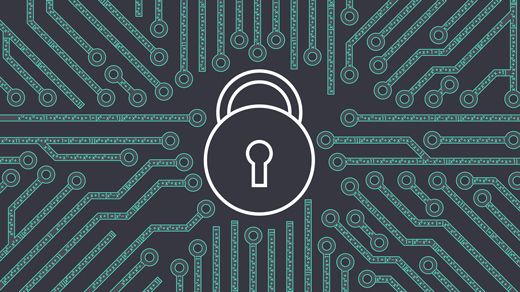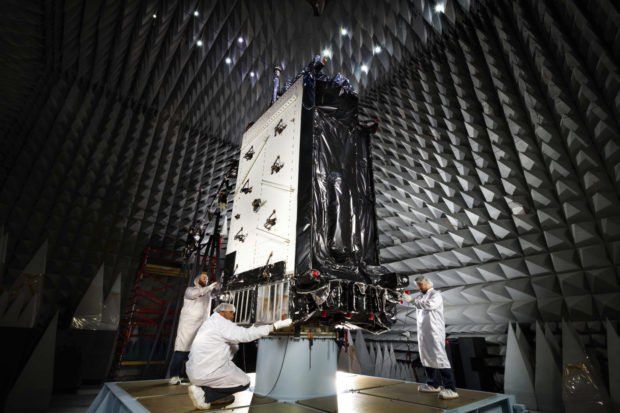Researchers have discovered a link between the cellular recycling system known as autophagy and the behavior of microglial immune cells during aging.
We have discussed the polarization of macrophages in a number of previous articles, and it has become quite a hot topic among researchers in the last few years. Microglia are tissue-resident macrophages in the central nervous system, and, like other macrophages, they also have a certain polarization state that essentially determines their behavioral patterns and activities.
There are two main polarizations in macrophages that are of interest: M1 and M2. In simple terms, M1 macrophages aggressively intercept pathogens and are proinflammatory, as they use various cellular weapons against invading bacteria and viruses. In contrast, M2 macrophages are focused on reducing inflammation to facilitate tissue repair and healing.









